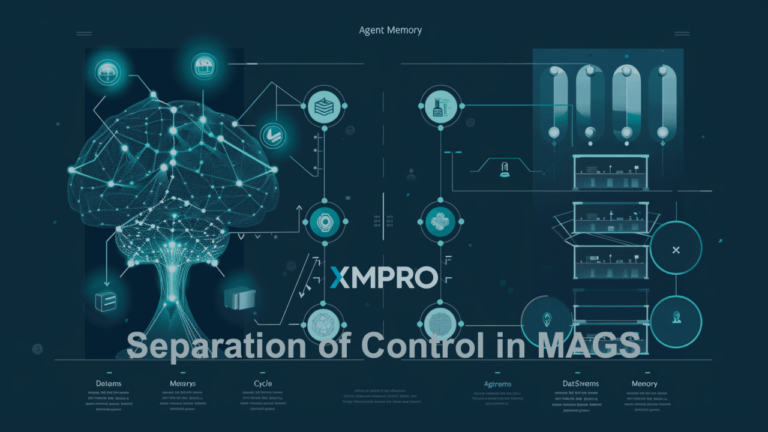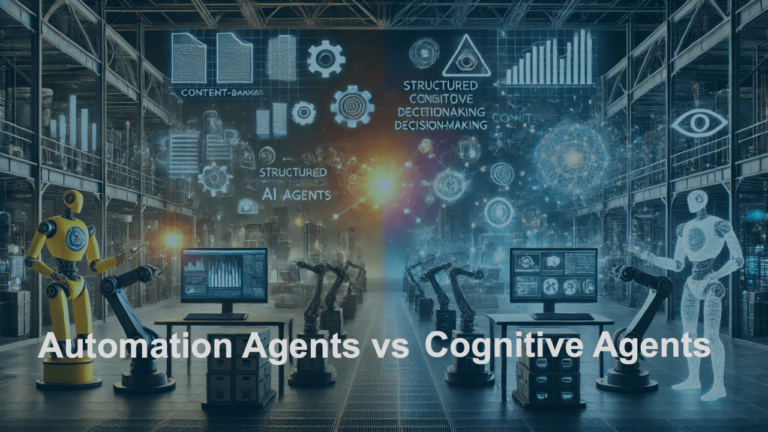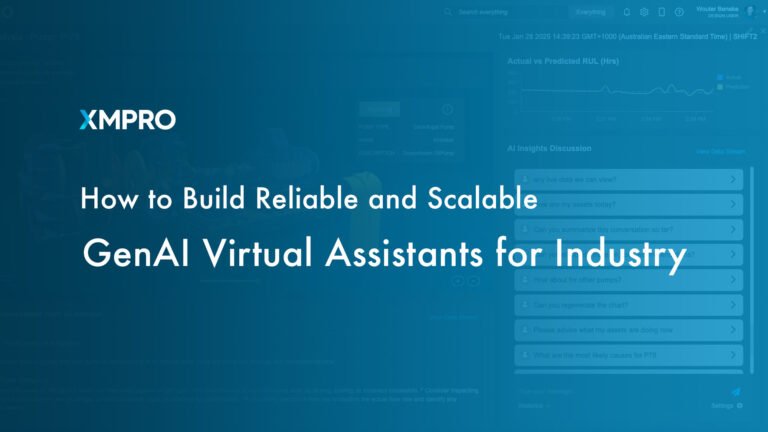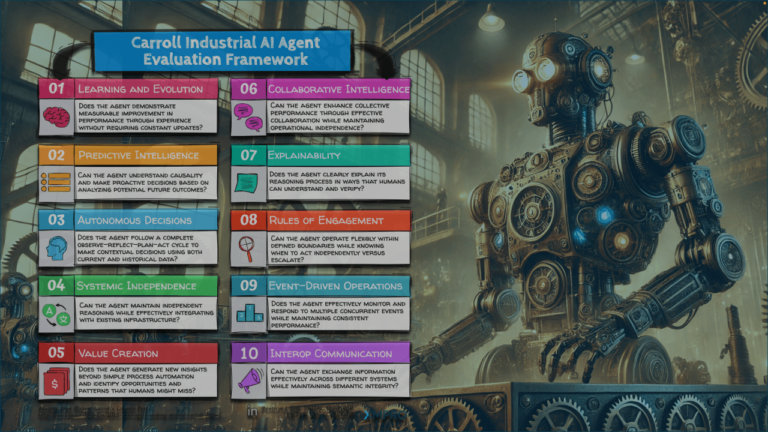Introduction to Predictive Maintenance
In the ever-evolving landscape of industrial operations, the transition from reactive to predictive maintenance marks a significant paradigm shift. This shift is not just a change in maintenance practices but a strategic move towards operational excellence. Predictive maintenance (PdM) emerges as a beacon of innovation, offering a multitude of benefits to forward-thinking companies like XMPro. This comprehensive guide delves into the essence of predictive maintenance, its myriad advantages, and the evolution of maintenance strategies from reactive to predictive.
What is Predictive Maintenance?
At its core, predictive maintenance is a proactive maintenance strategy that stands in stark contrast to traditional, reactive approaches. It’s a sophisticated method that employs data analysis tools and advanced diagnostic techniques to detect anomalies and predict equipment failures before they occur. Unlike traditional maintenance approaches that rely on scheduled or reactive measures, predictive maintenance is based on the actual condition of the equipment, using real-time data and analytics to anticipate potential issues. This approach allows for timely interventions, preventing failures before they happen. It’s particularly beneficial in industries where equipment uptime is critical, and unexpected downtime can lead to significant financial and operational setbacks.
Benefits of Predictive Maintenance
- Cost Savings: One of the most compelling benefits of predictive maintenance is the potential for significant cost savings. By identifying problems early, predictive maintenance helps avoid the need for expensive repairs or replacements that often result from catastrophic failures. Addressing issues before they escalate not only saves on the direct costs associated with major breakdowns but also reduces the indirect costs related to downtime, lost production, and the impact on customer satisfaction.
- Increased Equipment Lifespan: Regular monitoring and maintenance based on predictive data can significantly extend the life of machinery and equipment. By detecting and addressing potential issues promptly, predictive maintenance prevents the wear and tear that can lead to major damages. This proactive approach ensures that equipment operates at optimal conditions for longer periods, thereby maximizing the return on investment for expensive machinery.
- Reduced Downtime: Downtime in industrial operations can be incredibly costly, not just in terms of repair costs but also in lost productivity and revenue. Predictive maintenance plays a crucial role in reducing unplanned downtime. By predicting failures before they happen, maintenance activities can be scheduled during non-peak times or during planned shutdowns, ensuring that operations run smoothly without unexpected interruptions. This leads to more reliable production schedules and improved customer satisfaction.
- Enhanced Safety: Workplace safety is a paramount concern in any industrial setting. Predictive maintenance enhances safety by preventing equipment failures that could lead to accidents or hazardous situations. By maintaining equipment in optimal condition and addressing potential issues before they become critical, predictive maintenance reduces the risk of accidents and injuries, promoting a safer workplace for employees.
- Improved Efficiency: Predictive maintenance enables companies like XMPro to optimize their maintenance schedules, ensuring that resources are used efficiently. By focusing maintenance efforts on areas that need attention, rather than following a one-size-fits-all schedule, resources are allocated more effectively. This leads to improved overall operational efficiency, higher productivity, and better resource utilization.
The Evolution of Maintenance Strategies
- Reactive Maintenance: Reactive maintenance, also known as “run-to-failure” maintenance, is the most basic form of maintenance. In this approach, actions are taken only after a failure has occurred. While it may seem cost-effective in the short term, reactive maintenance often leads to higher costs in the long run due to unexpected breakdowns, emergency repairs, and the associated downtime. It’s a strategy that is largely unpredictable and can lead to significant disruptions in operations.
- Preventive Maintenance: Preventive maintenance represents a more proactive approach than reactive maintenance. It involves regular maintenance activities based on a predetermined schedule, regardless of the actual condition of the equipment. While it’s more proactive than reactive maintenance, it can lead to unnecessary maintenance activities and associated costs, as it doesn’t consider the real-time condition of the equipment. Preventive maintenance is based on the assumption that all equipment degrades at a similar rate, which is not always the case.
- Predictive Maintenance: The most advanced form of maintenance, predictive maintenance, uses real-time data and analytics to predict when a piece of equipment is likely to fail. This approach allows for maintenance to be performed just in time, preventing unnecessary interventions and reducing downtime. Predictive maintenance is data-driven and condition-based, focusing on the actual needs of the equipment. It represents a significant leap forward in maintenance strategies, offering a more efficient, cost-effective, and reliable approach to maintaining industrial equipment.
In conclusion, the shift from reactive to predictive maintenance represents a monumental advancement in maintenance strategies. For enterprises like XMPro, adopting this approach can result in substantial cost savings, extended equipment lifespan, reduced downtime, and overall enhanced operational efficiency. As technology continues to evolve, predictive maintenance is poised to become an increasingly integral component of industrial operations, propelling efficiency and productivity to unprecedented levels.
Keywords: Predictive Maintenance, XMPro, Industrial Operations, Equipment Maintenance, Cost Savings, Reduced Downtime, Enhanced Safety, Operational Efficiency, Maintenance Strategies, Real-Time Data, Advanced Analytics, Proactive Maintenance.


















